Enable Your Mouse Using Function Keys
We will start with this one. Maybe your
mouse was accidentally disabled using your keyboard. A function key is a
key on a computer or terminal keyboard which can be programmed so as to
cause an operating system command interpreter or application program to
perform certain actions. Those function keys are the keys from F1 to
F12 on your keyboard. Some F1-F12 keys include additional functionality
when used in combination with the Fn key, which is usually located near
Ctrl. You are going to need to use both F(x) and Fn keys for this one.
Try out these keyboard combinations provided below to see if this helps
you to make your mouse cursor visible again:
Fn + F3
Fn + F9
Fn + F7
Fn + F5
Fn + F8
Fn + F11
Check If Your Mouse Is Enabled
Now we are going to access Control Panel
tools by typing a command in Run dialog box. command prompt. The Run
command is used to directly open an application or document whose path
is known. It functions more or less like a single-line command line
interface. To open the Run box or the Open box press Windows (Win) key +
R on your keyboard, then type "main.cpl" and press Enter on your keyboard to open Windows Mouse properties.

Now you will need to use Tab and arrow
keys on your keyboard to navigate through the Mouse Properties window.
The Tab key on a keyboard is used to advance the cursor to the next tab
stop and usually it is positioned above the "Caps Lock" key.
Press the Tab key until the "Buttons" tab is selected/highlighted. Then press right arrow key to open "Device Settings"
window. Device Settings is just one possible name of the tab where you
can change your mouse settings. If your pointing device is disabled,
then press Tab key on your keyboard until the "Enable" button
is selected. Press Enter to enable your mouse if it was disabled. See if
this solved the issue with your mouse cursor gone missing.

Update Your Mouse Driver
A device driver is software that
provides information to the operating system and other software about
how to interact with certain hardware. It is rather like a translator
between software and hardware, since they often are created by different
manufacturers, companies, or individuals. The driver allows software
and hardware to communicate smoothly. In most cases, computers are not
be able to send and receive data correctly without drivers. If the
appropriate driver is not installed, the device might not function
properly, if at all. A faulty driver might need updating or a reinstall.
Faulty/outdated mouse driver can be the cause of your mouse cursor's
disappearance. If updating your mouse driver does not fix the problem,
then you might want to try to roll back your mouse driver as well.
First, press Windows (Win) key + R to open the Run box and then type "devmgmt.msc", press Enter on your keyboard to open Device Manager.

Now click the Tab key once and it will highlight your computer name on the list of the devices. Use down arrow key to select "Mice and other pointing devices"
and then press right arrow key to expand this section. Select your
mouse using down arrow key and press Enter on your keyboard to open its
properties window.

Now keep pressing the Tab key until the "General" tab is selected/highlighted and then press the right arrow key to select the "Driver" tab. Now press the Tab key until "Update Driver" option is selected and press Enter.

Press Tab key to select the "Search automatically for updated driver software" and Windows will search your computer and the Internet for the latest driver software for your device.

If updating your mouse driver does not help then repeat the steps until the point where you selected "Update Driver", select "Roll Back Driver" instead and press Enter on your keyboard, follow the instructions. It will roll back to the previously installed driver.
Run Windows Troubleshooter
Windows includes a number of
troubleshooters designed to quickly diagnose and automatically resolve
various computer problems. Troubleshooters cannot fix all problem, but
they are a good place to start if you encounter a problem with your
computer or operating system. To start troubleshooting press the Windows
(win) key on your keyboard ands then type "troubleshoot", press Enter to open the selected "Troubleshoot" result.

You will be directed to "Troubleshoot" section on the left pane. Keep pressing the Tab key until you are able to choose one of the options under "Find and fix other problems". Use down arrow key to select "Hardware and Devices" and press Enter. Then press Tab key to select "Run the troubleshooter"
and then press Enter again. It will start troubleshooting your hardware
and devices, follow the instructions to complete the troubleshooting.
If this does not fix the problem with your missing mouse cursor, try to
unplug your mouse and then to plug it back in.

Run The SFC Scan
System File Checker (SFC) is a utility
in Windows that allows users to scan for corruptions in Windows system
files and restore corrupted files. This guide describes how to run the
System File Checker tool (SFC.exe) to scan your system files and to
repair missing or corrupted system files (including .DLL files). If a
Windows Resource Protection (WRP) file is missing or is corrupted,
Windows may not behave as expected. For example, some Windows functions
may not work, or Windows may crash. The "sfc scannow" option is
one of the several specific switches available in the sfc command, the
Command Prompt command used to run System File Checker. To run it you
need to open Command Propmt first. To open it using keyboard keys, press
the Windows (Win) key on your keyboard and then type "command prompt".
The Command Prompt result should be selected, if not, then select it
using arrow keys (up and down) and then press Control + Shift + Enter to
run Command Prompt as administrator.

You will be asked if you want to allow this app to make changes to your device. Select "Yes" using the left arrow key on your keyboard.

In opened Command Prompt window type "sfc /scannow"
and press Enter on your keyboard to execute this command. System File
Checker will start and it should take some time to complete the scan. It
should take about 15 minutes. Wait for the scanning process to complete
and restart your computer to see if you are still having issues with
your mouse cursor.

Update Your Windows Operating System
Another thing you might want to try is
to update your current version of Windows. Checking for updates for the
whole Windows operating system might help. Press Windows (Win) key on
your keyboard and then type "check for updates". Check for updates option should be selected as the primary, if not, then use your arrow keys to select it and press Enter.

You should be automatically directed to Windows Update section on the left pane and the "Check for updates"
button should be already selected as well (if not, then select it using
the Tab key). Simply press Enter to start checking for updates. If
there are updates available then install them and try checking for
updates again, just to make sure that you have the latest updates on
your operating system. After the updates are installed (if there were
any to install) see if you are still having the issues with your mouse
cursor.

Unplug All Peripherals Connected To Your Computer
This might provide a solution, since
peripherals can create driver conflicts between different hardware.
Unplug any connected peripheral such as USB drive (or drives), external
hard drive, SSD (Solid-state drive), etc. Then turn off your computer
and turn it on again. Connect your mouse to your computer and see if
this solves the problem with your mouse cursor gone missing. If your
mouse cursor appears and starts working normally, then connect other
peripherals one by one. If you start facing problems again, then you
will know what is the culprit of this issue.
Perform Full System Scan
Malware might cause various issues on
your computer, including mouse problems. Perform a full system scan and
see if it detects any malware on your computer. You can use Windows
Defender (a built-in antivirus program), which protects computers
against viruses, spyware, and other malicious software. Alternatively,
try other third-party antivirus software. To run a full system scan
using Windows Defender press Windows (Win) key and type "full scan", press Enter to open selected "Virus & threat protection" option.

Using Tab or arrow keys select "Advanced scan" option and once it is highlighted, press Enter.

Now you need to select "Scan now" using the Tab key, keep pressing it until the Scan now button is selected and press Enter on your keyboard. "Full scan"
option should be selected by default. If not, then select this
particular scan using Tab key and then press the Space bar. Then
navigate to scan now button and using Tab key and press Enter.

Remove Temporary Files And Folders Using Disk Cleanup
The simplest and quickest way to delete
temporary files and folders from your Windows is to use Disk Cleanup.
Disk Cleanup is used to reduce the number of unnecessary files on your
drives, which can help your PC run faster. It deletes temporary files
and system files, empties the Recycle Bin, and removes a variety of
other items that you might no longer need. These junk files may affect
your computer’s speed, causing apps to respond slowly and can even
prevent them from launching. These files could cause issues with with
your mouse cursor. To run Disk Cleanup press Windows (Win) key and type "disk cleanup". "Disk Cleanup" result should be selected by default, press Enter to launch it.

Use arrow keys to navigate through the
list and press Space bar to mark the checkbox. When you finished
selecting what files to delete, press Tab key to select "Clean up system files" and press Enter to start cleaning your computer.

Restore Your System Using Restore Point
System Restore tool creates restore
points. A restore point is a collection of important system files stored
by System Restore on a given date and time. System Restore reverts
everything to a saved restore point, but first, you must have one
recorded. If a restore point does not exist on your computer, System
Restore has nothing to revert to. To use this tool, you must have
created restore points. With a created restore point this feature will
bring your system back to the previous working state, without affecting
your files and data.
This solution is kind of a last resort,
but if you have any system restore points that were created before you
started experiencing this missing mouse cursor issue, you may be able to
fix it by performing a System Restore. To restore your system you will
need to launch Run box, to start it press Windows Key + R and type "rstrui.exe" in Run dialog box, press Enter on your keyboard.

Select "Next" using the Tab key on your keyboard and press Enter.

If there are restore points created then you will see a list of restore points. Mark the "Show more restore points"
checkbox by selecting it using Tab key and then checking the checkbox
by pressing Space bar on your keyboard. It should display more restore
points. Select the restore point which suits you the best by using Tab
and arrow keys (depending on the time created etc.) and then select "Next", press
Enter. Do not select a Restore Point where your volume icon was already
gone, you certainly don’t want to get back to that.

Now you will have to confirm your restore point. Your computer will be restored to the state it was in before the event in the "Description" field. If you are good with your choice, select "Finish" using the Tab key on your keyboard and press Enter. System restore process will begin.

That's
it, we hope that at least one of the provided solutions helped you to
fix the problem with your mouse cursor gone missing and you were able to
get your cursor back. We will appreciate that if you find more
workarounds on Windows 10 to fix the missing mouse cursor problem and
share them with us in the comment section below.
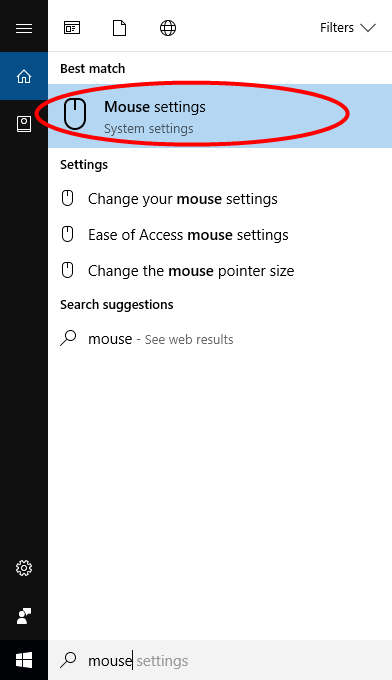
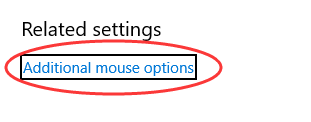


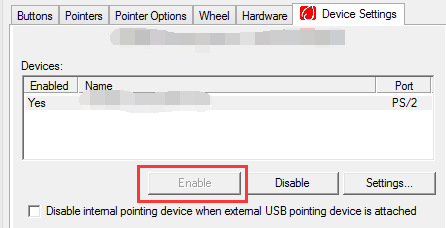
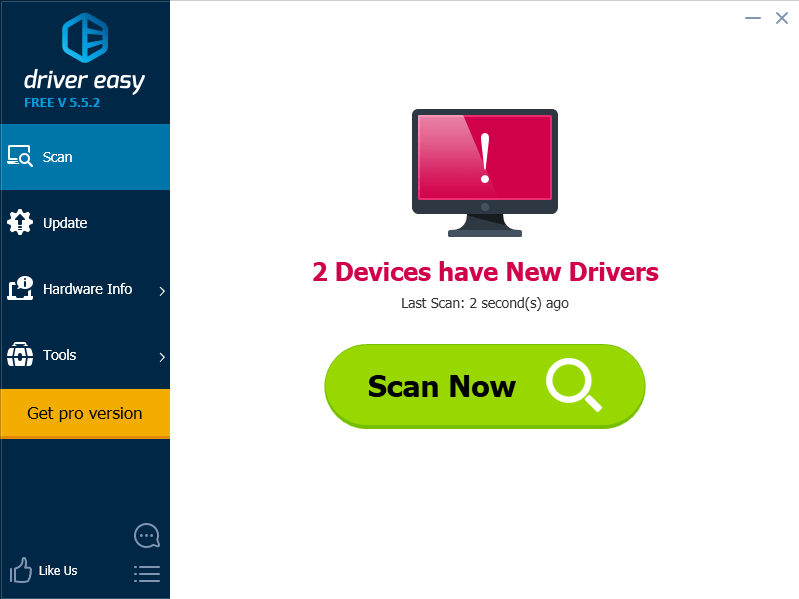
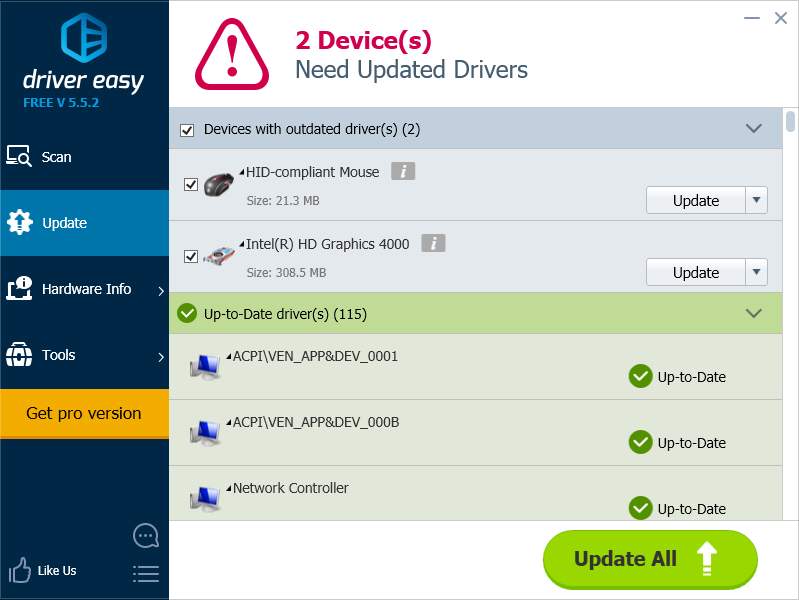






















Comments
Post a Comment